The historical city is one of Türkiye’s most breathtaking spots with its numerous historical monuments and natural splendour.
Once the capital of the Ottoman Empire, Bursa is now one of the most prominent cultural and tourist hubs in Türkiye, attracting tens of thousands of people to its ski resorts set amid picture-postcard landscapes.
And after nearly two years of Covid disruption, tourists from all over the world are once again flocking to Türkiye’s fourth-largest province known for striking 14th and 15th-century Ottoman architecture. In fact, the city hosted two million foreign visitors in 2022.
Most of the lavish monuments of Bursa, the Ottoman capital for nearly 30 years have remained largely intact over the past 700 years.
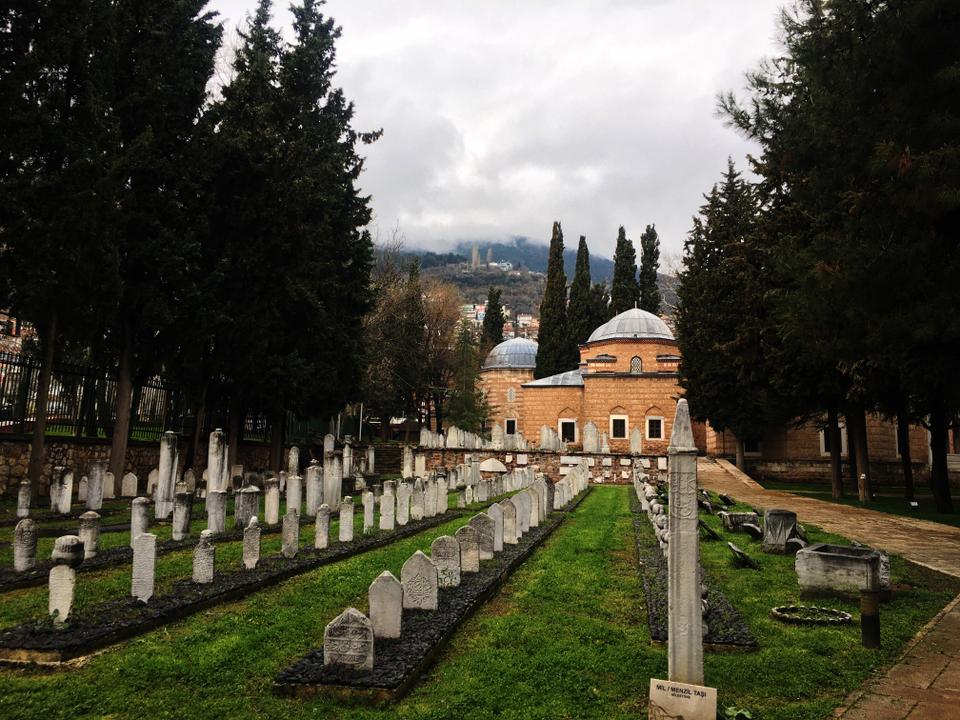
Only two hours from Istanbul by ferry, Bursa is the perfect getaway from Türkiye’s most populated province. Situated along the Marmara Sea coastline and home to more than three million people, the uppermost part of the city offers breathtaking views over the region’s sparkling silver and brick minarets.
The city’s landmarks, from its tombs to its mosques to its exquisite tiles, are primarily green – or yesil, as they say in Türkiye – and in tone with the myriad of greens flourishing in its forests.
French Orientalist writer Pierre Loti visited the city over two days in 1894 and described the province as a “still green paradise from the spring of the past”.

Bursa’s historical roots also put the city at the intersection of the historic ‘spice’ and ‘silk’ roads, the ancient trade routes that connected the West to the Oriental world, Bursa Mayor Alinur Aktas tells TRT World.
The city centre’s prominent landmark is its Grand Mosque, often referred to as the ‘Hagia Sophia of Bursa’ – a reference to Istanbul’s landmark. Built by the fourth Ottoman sultan, Bayezid I in the 14th century, the structure is proof of the province’s sociopolitical evolution throughout the ages. The domes atop the structure boast 192 calligraphic works of art.
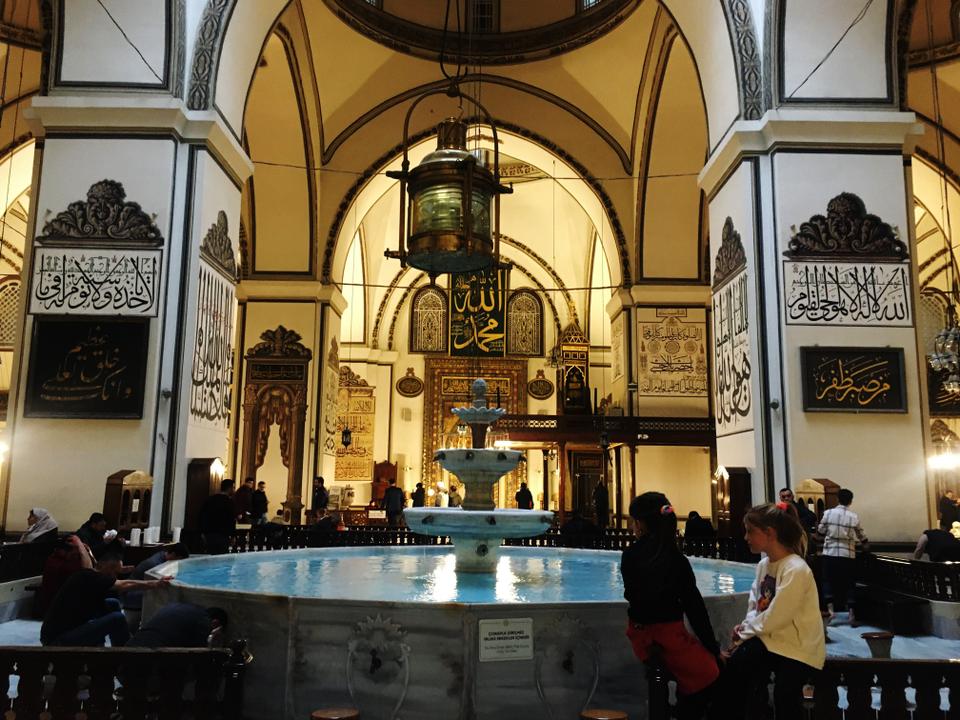
Outside the mosque, shoppers can be seen wandering within the 450-hectare Hanlar (caravan inns) district, a UNESCO world heritage site since 2014 thanks to its amalgam of bazaars, mosques, old Islamic schools or madrassas, hammams, vintage fountains and open-air markets or ‘hans’.
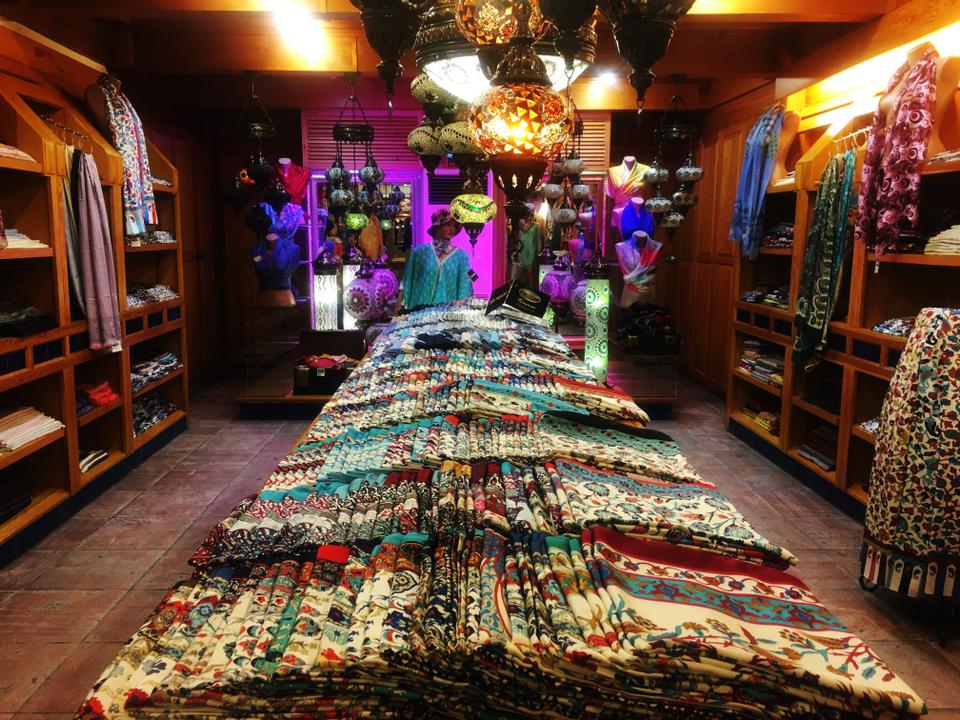
Koza Han, which has been in the silk trade since as far back as the 15th century, is the most striking among all the khans, thanks to the colourful array of materials it has on display. Much of the two-storey market dazzles with silk clothes and scarves amid sellers haggling with bargain-hunting tourists and locals.
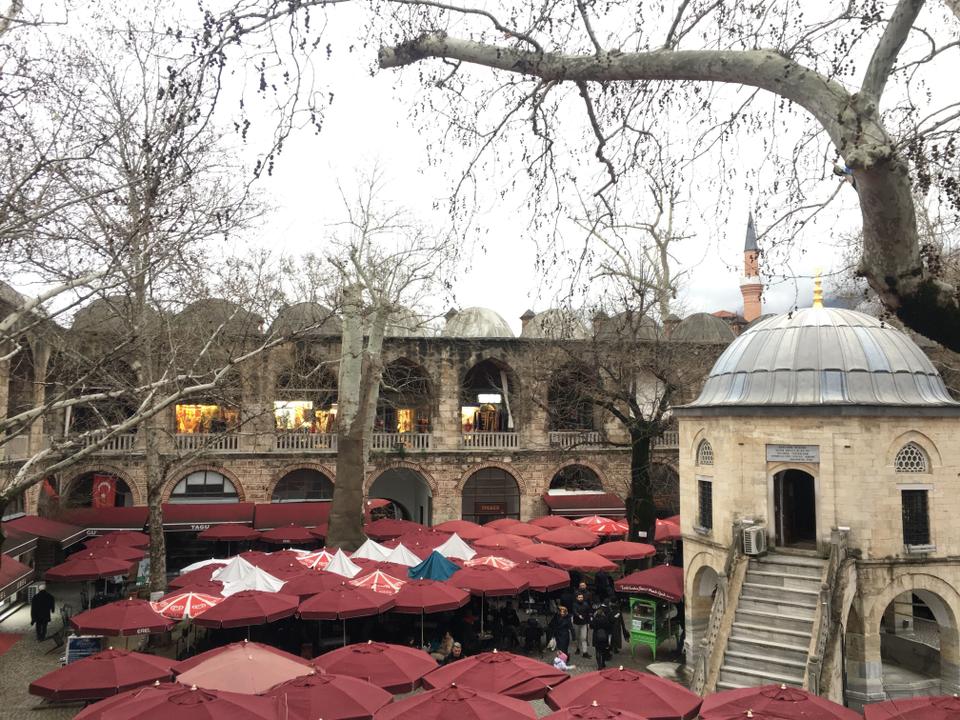
A short walk from the centre, the Irgandi bridge – built in 1442 – is one of only four bridges in the world housing an entire market and has stood the test of time, surviving war and even a magnitude-7.5 earthquake in 1855.
Once home to weaving looms, the rooms atop the bridge nowadays serve as Turkish handicraft workshops for marbling and calligraphy.
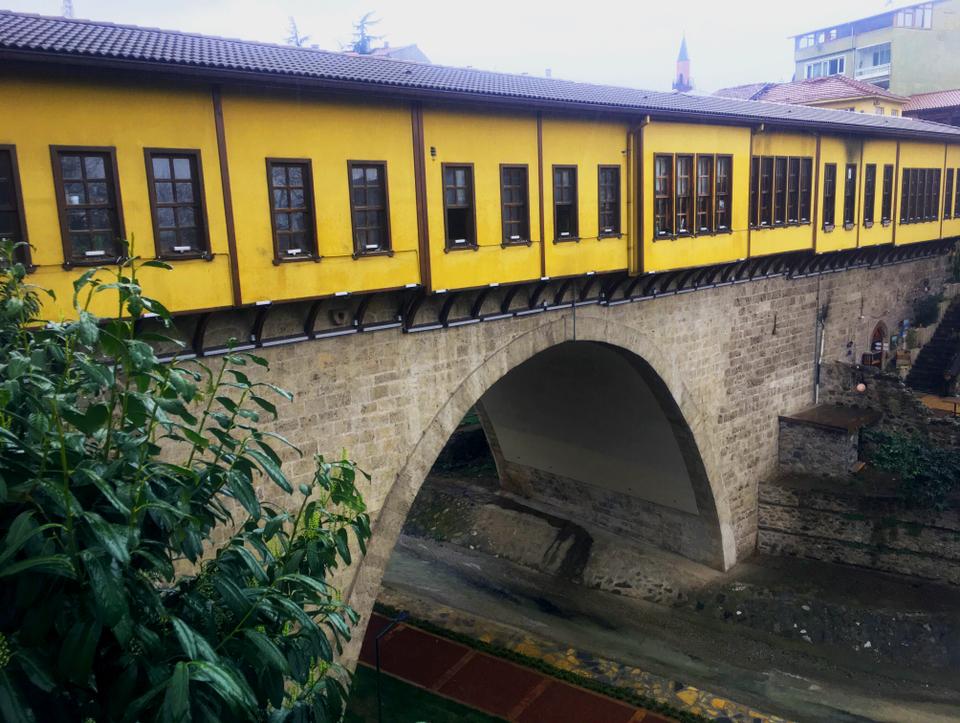
Bursa also offers culinary tastes that cannot be found in Istanbul, such as its ‘sira’, a distinct red grape juice. Or its more famous ‘tahinli pide’, a pastry caramelised with sweetened tahini – a Turkish condiment made from ground hulled sesame – that draws long queues at bakeries around the old mosques.
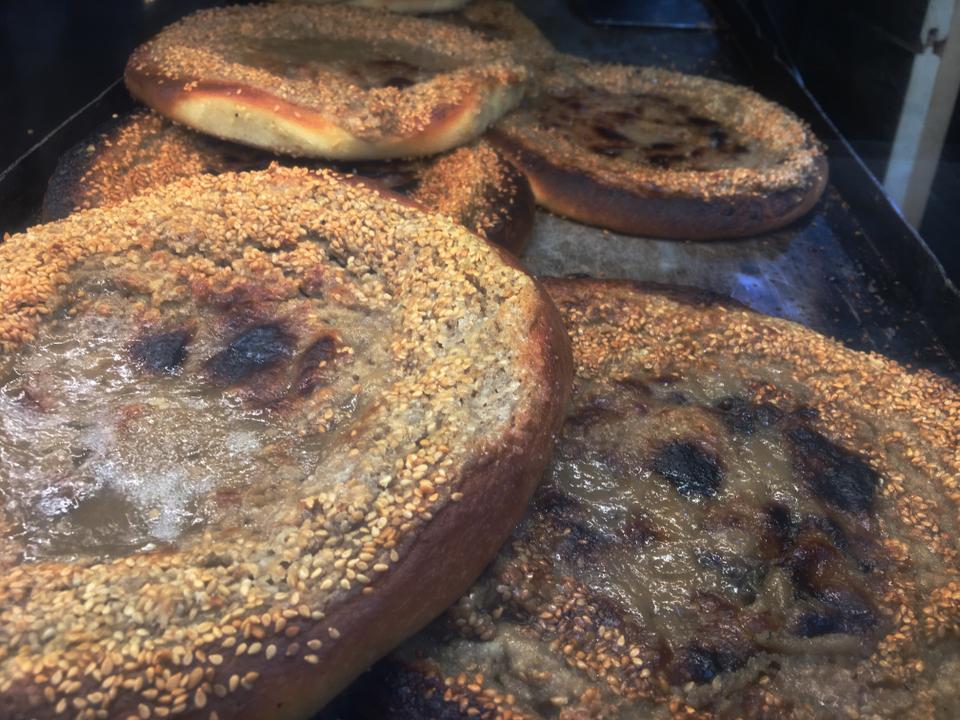
Between December and March, the Uludag ski resort, a 40-minute drive from the city centre, is the go-to place for snow lovers. In recent years, it has attracted visitors from around the globe, from Qatar to Britain. An impressive 2,500 metres in altitude, the ski and snowboarding slopes are also accessible via cable car.
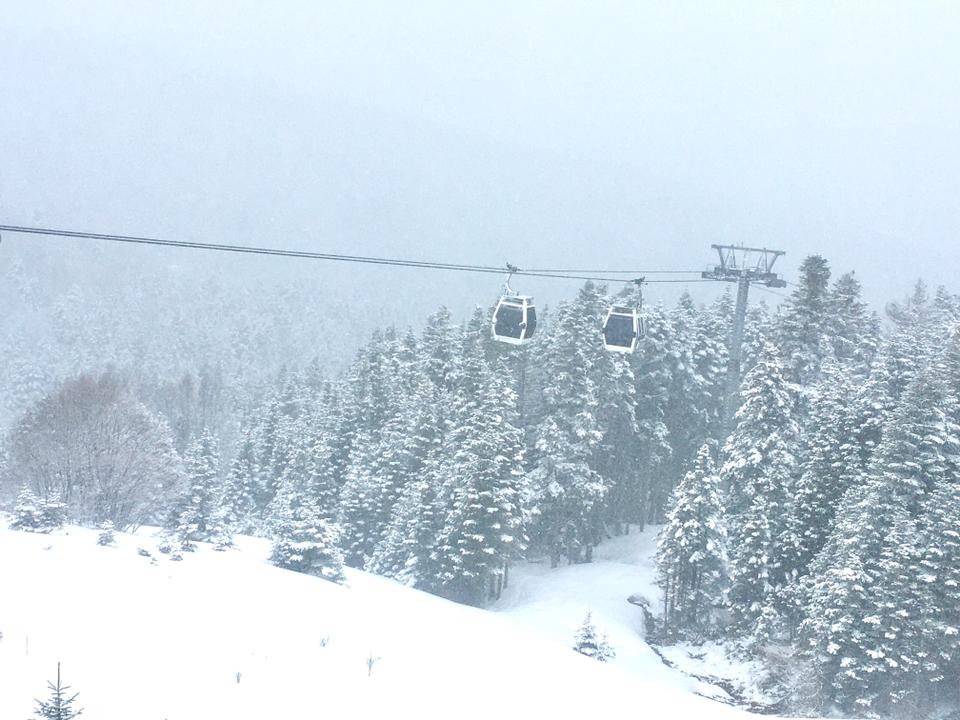
It is no wonder that Bursa was named the 2022 cultural capital of the Turkic world, Aktas tells TRT World, thanks to its 8,500 years of history.
Source: TRT World
Bursa bustles as tourists return to Ottoman capital after Covid disruption
Source: News Achor Trending
0 Comments